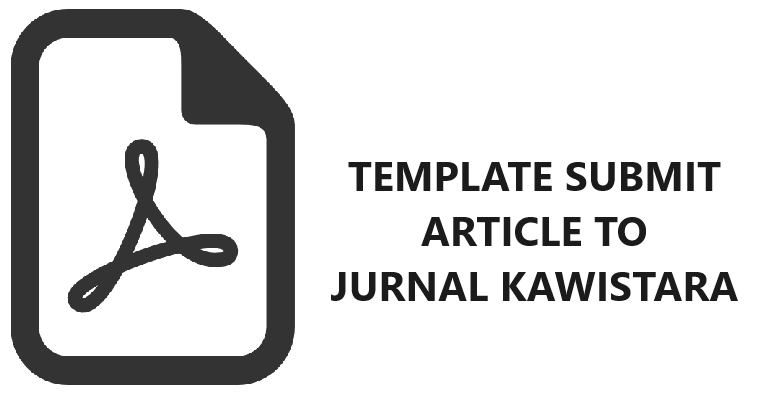REPRESENTASI WACANA GENDER DALAM UNGKAPAN BERBAHASA INDONESIA DAN BAHASA INGGRIS: ANALISIS WACANA KRITIS
Tri Rina Budiwati(1*)
(1) Fakultas Sastra Jurusan Sastra Inggris Universitas Ahmad Dahlan
(*) Corresponding Author
Abstract
The result depicts that based on intra-linguistic analysis, English, and Indonesian idioms which contain gender discourse are in the forms of noun, phrases, Sub-clause, Simple sentence, Elliptical sentence, Compound, Complex, and Compound-Complex sentences. Based on the meaning and reference analysis, it is known that such idioms have various meanings: strength and weaknesses, success, marriage, sexuality, negative things, and wisdom. Besides, seen from the doer, the idioms can refer to men, women, and men and/or women. Based on Critical
Discourse Analysis (CDA), such idioms can be analyzed based on the aspects of action, context, history, power, ideology and representation, which, then, are known that: (a) men are assumed as representative in various affairs and things (esp. in success and goodness); (b) men are active in marriage and sexuality; (c) women take more part in domestic domain; (d) women become negative metaphor; and (e) there is unequal relationship between women
and men.
Discourse Analysis (CDA), such idioms can be analyzed based on the aspects of action, context, history, power, ideology and representation, which, then, are known that: (a) men are assumed as representative in various affairs and things (esp. in success and goodness); (b) men are active in marriage and sexuality; (c) women take more part in domestic domain; (d) women become negative metaphor; and (e) there is unequal relationship between women
and men.
Keywords
Idioms; gender discourse; critical discourse analysis/CDA;
Full Text:
PDFArticle Metrics
Refbacks
- There are currently no refbacks.
Copyright (c)
Jurnal Kawistara is published by the Graduate School, Universitas Gadjah Mada.











